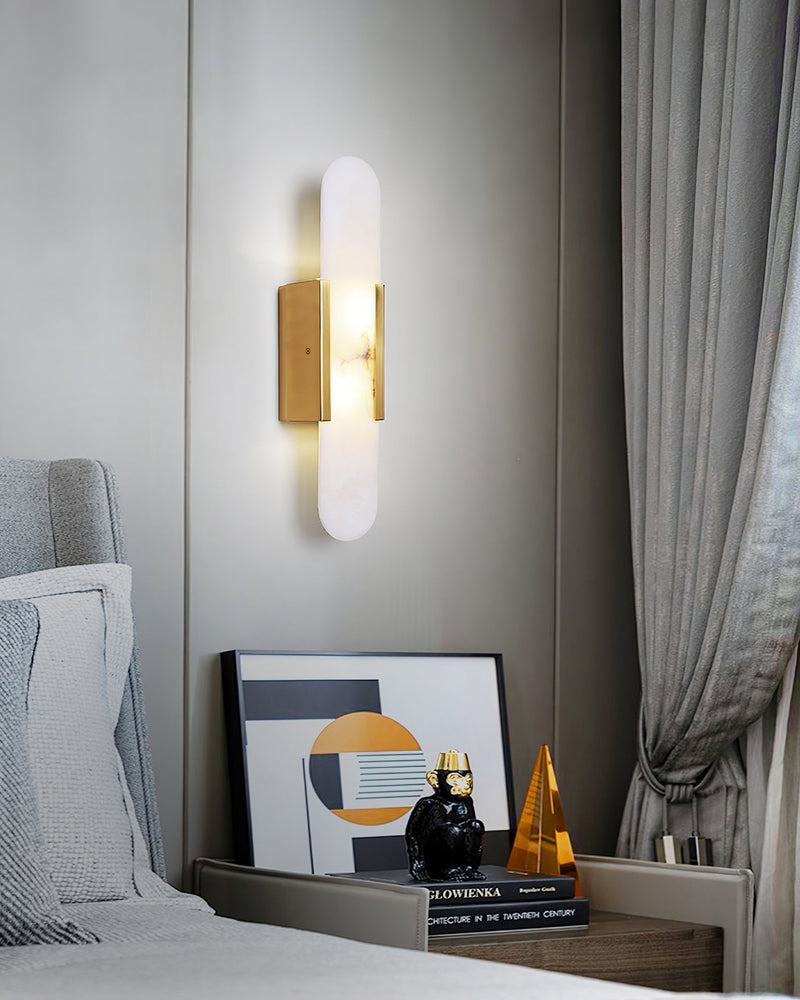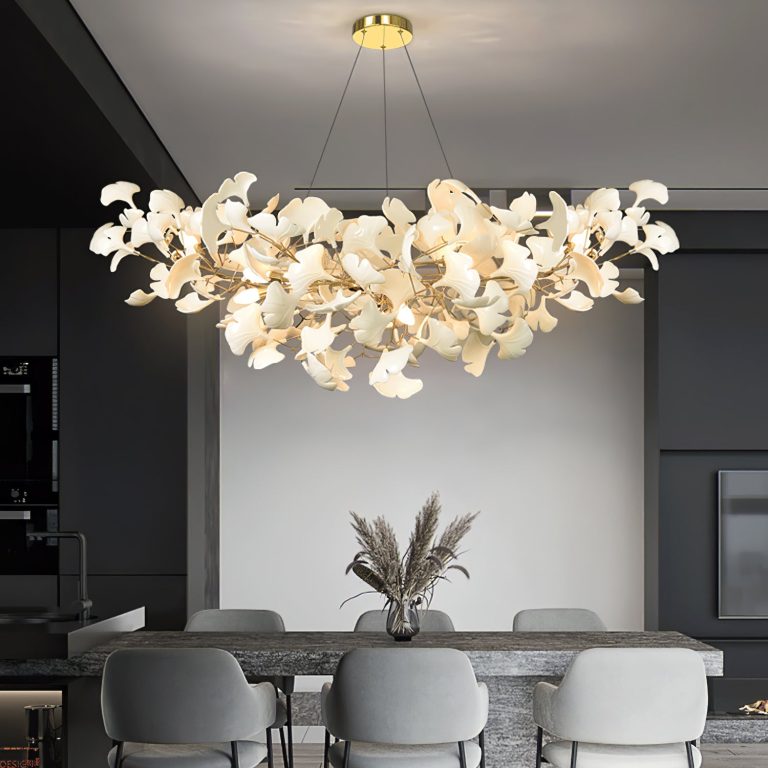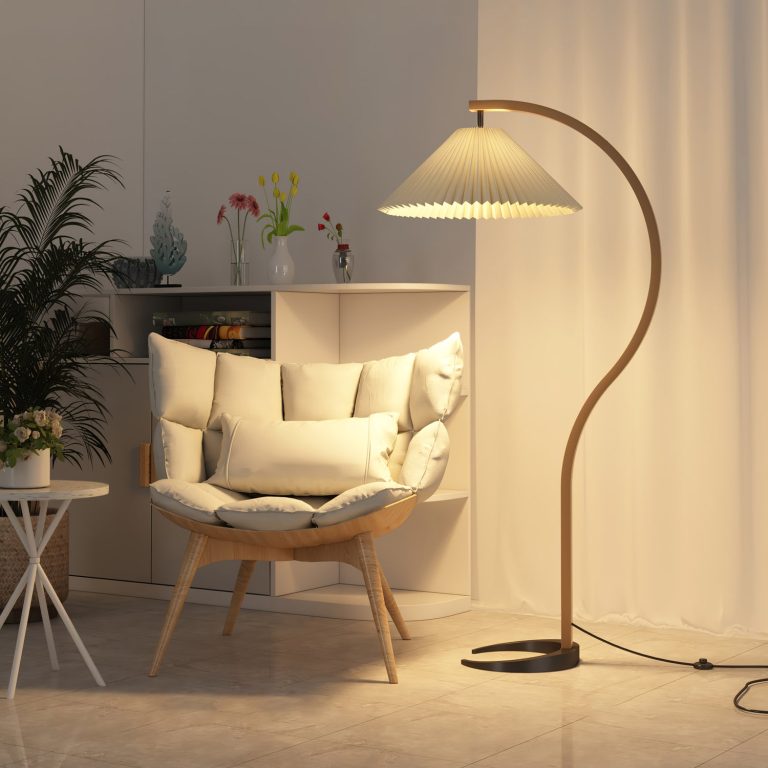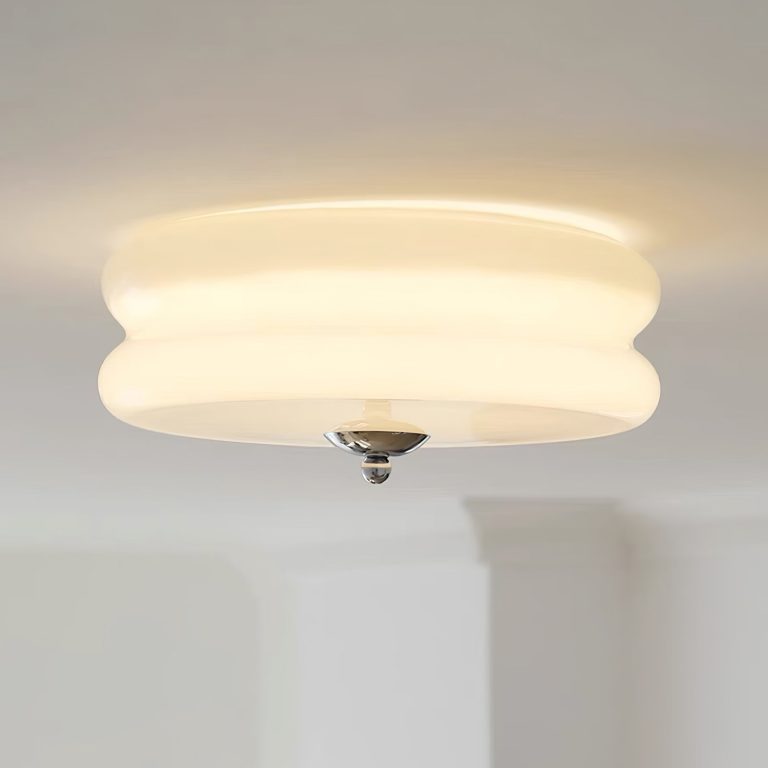When it comes to lighting fixtures, one of the most common terms you’ll encounter is E26 and E27 bulbs. But what exactly are E26 and E27 bulbs, and how do you choose the right one for your needs? In this guide, we’ll delve into the differences between these two types of bulbs and provide tips on how to select the perfect bulb for your lighting fixtures.
The Intro to E26 Bulb and E27 Bulb
An E26 bulb is any bulb or lamp with an E26 cap or base. The term E26 refers to a light bulb’s cap or base which is used for mounting to the light fixture and getting electrical contact. The letter “E” in E26 refers to Edison Screw, the most standard of lamp bases, while the numerical “26” refers to its diameter in millimeters (about 1 inch).
Based on this, E27 bulbs are just 1mm longer than E26 bulbs in screw diameter. Many people may assume that E26 and E27 are the same or interchangeable. Indeed, E26 and E27 are mechanically interchangeable but it does not necessarily meet the electrical safety standards that the lamp and lamp holders are designed for.
That’s because, E26 and E27 standards are designed for totally different voltage levels, which are 120V AC and 240V AC respectively. That said, E26 bulb bases receive voltage up to 120VAC.
So E27 bulbs are safe to use in E26 lamp holders, while E26 bulbs will lead to short circuits and electrical fires when installed in E27 lamp holders. Actually, E26 & E27 bulbs have other slight differences that are closely related to their applications.

What are E26 and E27 Bulbs?
E26 and E27 bulbs are both standard screw-in bulb bases used in a wide variety of light fixtures. They belong to the Edison screw (ES) family of bulb bases, which were first patented by Thomas Edison. The main difference between the two lies in the voltage and region where they are commonly used.
The E26 bulb has a 26mm diameter and is primarily used in North America and some countries in South America. On the other hand, the E27 bulb has a 27mm diameter and is prevalent in Europe, Asia, and Oceania.
If you are buying LED light bulbs, don’t assume that you can interchange E27 and E26 bulbs. Make sure to use an E26 socket for your E26 bulb at 120 V AC, or an E27 socket for an E27 bulb at 240 V AC. In some cases, however, it is possible to place an E27 bulb into an E26 socket, but the revere is not true. You should not use an E26 bulb in an E27 socket.
What are E26 and E27 bulbs and sockets?
The first light bulbs and their bases were developed by Thomas Edison. This is why the base of screws in bulbs is called Edison Screws or ES base. These bases are still used in bulbs today.
The E26 is the standard thread size group for bulbs in North America. In Europe it is E27. The number following the letter E is the diameter of the external thread screw in mm. So, for an E26 bulb, the diameter of the base is 26 mm, while the E27 has a base diameter of 27 mm.
The European variant, the E27, is rated at 240 volts. The E26 is rated at 120 volts. It is easy to put an E26 bulb into an E27 socket. The same is true for an E27 bulb in an E26 socket. There will be no problem with this. However, though the bulbs can fit both types of sockets, the voltage rating is different from each other.
Because of the essential incompatibility in the voltage, the incandescent E26 bulb could not be used in an E27 socket with 240 V AC. Similarly for E27 bulbs in E26 sockets.
What are the specifications of these bulbs?
The IEC has set accepted standards for the manufacture of E26 and E27 bulb bases. In these standards, both bulbs have specifications in diameter which is almost the same at a minimum of 26.05 mm and a maximum of 26.45 mm.
The difference between the two lies at the shortest distances between the bottom or live contact and the screw heads. The reason for this is that both bulbs have different levels of line voltage which are 120 volts and 240 volts, respectively.
Mechanically, these two types of bulb bases are interchangeable. This means that physically, you can fit an E26 bulb into an E27 socket, and vice versa.
Even if the difference between the screw dimensions is just 1 mm, they have virtually the same screw dimension requirement.
What makes them significantly different can be seen in the overall screw length, the diameter of the screw thread at the trough, and the height of the insulator cap.
An E26 bulb has a minimum screw length of 19.56 mm while an E27 has a screw length of 22.0 mm.
At the thread peak, the screw diameter of E26 is from 26..01 to 26.41 mm, and for E27, it is 26.05 mm to 26.45 mm.
At maximum thread trough, the screw diameter of E26 is 24.72 mm while the E27’s screw diameter is 24.76 mm.
The distance between the threads of an E26 bulb is 3.629 mm. This is the same for the distance between the threads of an E27 bulb.
The width of the live contact pad of an E26 bulb is from 9.14 mm to 11.56 mm, while that of the E27 bulb is from 4.8 mm to 11.5 mm.
The height of the insulator for an E26 bulb is 3.25 mm while for an E27 bulb, the height is 5 mm.
What are the differences in electrical safety between these two bulbs?
The mechanical difference between the two bulbs seems insignificant. However, the difference exists because of each bulb’s designed voltage level. As we have already mentioned earlier, the E26 lamps are made for markets in North America which uses 120 volts AC. The E27’s design is used for other markets. The norm is 240 volts AC.
There are additional precautions taken for E27 bulbs since they are designed to be used with circuits of higher voltage. This is why there is enough allowance between the live and the neutral contacts.
The length of the screws used in E27 lamps is longer. With a longer screw length, there will be more precision in the alignment of the screws in the socket. An improperly aligned screw decreases the space between the neutral screw threads and the live contact. This can increase the risk of a short circuit or an electric arc.
The thread trough diameter of E27 lamps is wider. This can help give a tighter and more secure contact. This can help protect against the entrance of moisture and debris in the socket. Moisture and contamination elevate the risk of short circuits and electrical fires at high voltage levels.
The height of the E27 lamp insulators is taller so that the space between the neutral screw base and the live contact is increased. This difference can help prevent the risk of short circuits.
From the standpoint of electrical safety, E26 and E27 lamps may be similar mechanically and interchangeable. But if you use an E26 lamp in an E27 socket at 240 volts, there is a greater risk of electrical fires and short circuits.
Mechanical Differences between E26 Light Bulb and E27 Light Bulb
With the similar size they have, E26 and E27 bulbs are commonly regarded as the same or interchangeable. But as a matter of fact, there are some differences between them, which are specially designed to fit corresponding lamp sockets at specific voltage levels. To help you make clear the difference between an e26 bulb and an e27 bulb, then select the right one to securely fit your lamp holders, we made this post here.
Since higher voltage requires a wider separation of live and neutral contacts, E27 bulbs have some significant differences from E26 bulbs in screw design, which are: Overall screw length
Insulator cap height
Screw diameter at thread peak
Live contact pad width
 Length of Screw (MIN) Length of Screw (MIN) |  Insulator Cap Height Insulator Cap Height |  Screw Diameter at Thread Peak Screw Diameter at Thread Peak |  Live Contact Pad Width | |
| E26 Light Bulb | 19.56mm | 3.25mm | 26.05mm – 26.41mm | 9.14mm – 11.56mm |
| E27 Light Bulb | 22.0mm | 5mm | 26.05mm – 26.45mm | 4.8mm-11.5mm |
Can I use an E27 bulb in an E26 socket?
When you buy E26 or E27 light bulbs and sockets, most sellers will tell you that you can interchange them. You will be told that it is safe to fit an E26 bulb into an E27 socket, and the same is true the other way around. The reason, they say, is that the difference is just 1 mm, so it is close enough and can fit. However, this advice is based on incomplete information.
While both bulbs are mechanically interchangeable, meaning you can easily fit an E26 bulb into an E27 socket and vice versa, it does not follow that the electrical safety standards that the bulbs and sockets were designed for are met. The truth is, if the installation is not a match, there can be a greater risk of electrical fires and short circuits.
How to Choose the Right Bulb:
Selecting the right bulb for your lighting fixture is essential to achieve the desired ambiance and functionality. Here are some factors to consider when choosing between E26 and E27 bulbs:
- Voltage and Compatibility: Ensure that the voltage rating of the bulb matches the voltage of your fixture. In regions with 120V power supply, use E26 bulbs, while in areas with 220-240V, opt for E27 bulbs.
- Bulb Type: E26 and E27 bases are available in various bulb types, such as incandescent, LED, CFL, and halogen. Choose the type that best suits your energy efficiency requirements and lighting preferences.
- Brightness and Color Temperature: Consider the lumens (brightness) and color temperature of the bulb. Brighter bulbs with higher lumens are ideal for task lighting, while lower lumens create a cozy and warm atmosphere.
- Dimmability: If you plan to use the bulb with a dimmer switch, ensure it is dimmable. Not all bulbs can be dimmed, so check the packaging or product specifications.
- Fixture Size: Be mindful of the bulb’s size, especially for fixtures with limited space. Bulbs with larger dimensions may not fit certain fixtures.
- Longevity and Warranty: Check the bulb’s lifespan and the manufacturer’s warranty to ensure you get a durable and reliable product.

In general, an E27 bulb can be used safely in the E26 socket. However, using an E26 bulb in an E27 socket can be dangerous. The reason for this is the E26 bulbs can only receive up to 120 volts and not 240 volts. There should be a greater distance between the neutral and live contact with higher voltages. This is why there is a strict requirement for E27 bulbs when it comes to separation distance.
So, if you have a 240-volt incandescent vintage bulb, you can use it with an E26 socket where the voltage is just 120. The issue here is that your bulb will only operate at half the power. You will have a dimmer light. But if you use a 120-volt bulb at 240 volts, the light bulb will immediately burn out.
E26 and E27 bulbs are widely used and versatile options for lighting fixtures around the world. Understanding the differences between these bulb bases and considering factors like voltage, bulb type, brightness, dimmability, and fixture size will help you make the right choice.
So, whether you’re replacing a burnt-out bulb or upgrading your lighting system, armed with this knowledge, you can confidently select the perfect E26 or E27 bulb to brighten up your living spaces and create the ambiance you desire.




